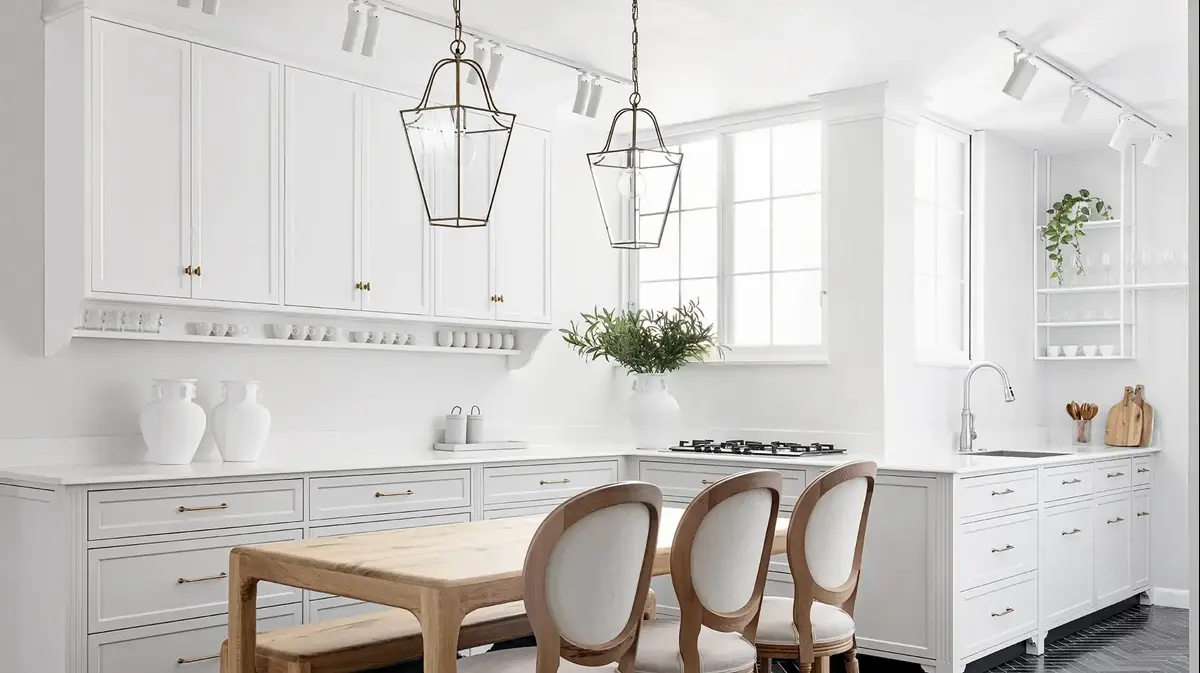The armchairs that Napoleon ordered for Laeken Castle near Brussels in the first years of the 19th century do not look particularly modern. Rather historicizing, a copy of antique Roman bronze chairs, decorated with gold lacquer and trompe-l'oeil paintings. But appearance is deceptive. The Belgian farm carpenter Jean-Jospeh Chapuis came to the chateau in 1805 with an innovative masterpiece.
To be able to imitate the curved, filigree formal language of the Romans, the veneer expert had to connect and bend several layers of wood. At that time layer bonding was a completely new technique and Chapuis was one of its inventors. As such, he stands today in the "Atlas of furniture design", an equally important and powerful work on furniture history of modern times.
From Chapuis it is not far to Michael Thonet, who from the 1830s experimented with forming wood under pressure and water vapor. The German brought the production of bentwood furniture to maturity and is considered a pioneer of modern mass-produced furniture.
Without this craftsmanship and ingenuity, designs like Martino Gamper's "Monothrone" would be hard to imagine: more conceptual art than functional furniture - and the end of the reference work published in November.
photo gallery
14 pictures
Modern design classics: seating machines and armchairs from the printerBetween Napoleon's chairs and Gampers monobloc designs with bentwood backs lies a more than 1000 page long walk through more than 200 years of furniture history. Divided into four epochs, it leads past many old acquaintances.
The classics of the Bauhaus masters Breuers and van der Rohe, the legendary Eames designs, Alvar Aalto's first wooden models from the early 1930s and the postwar designs of great Danes like Arne Jacobsen or Finn Juhl. Even the German design of the post-war era comes to its right - for example, with the "Ulmer stool" by Max Bill and Hans Gugelot or Dieter Rams' shelf system 606th
Design has rarely been so well documented
There is plenty of reading about many of these designs and designers, and yet the "Atlas of Furniture Design" has unique selling propositions beyond its scope.
One of the reasons is the aesthetics: it is a great pleasure to leaf through the design atlas. The furniture was all newly photographed - always free and usually frontal - a picture book of the history of style. Most of all, design has rarely been so well documented. 70 authors are responsible for the accompanying essays, a five-member editorial staff in the Vitra Design Museum checked all the facts.
Space is not only for references across the furniture history, but also for beauties that are rarely appreciated. For example, the type chair by Erich Dieckmann, the Bauhausler, who, after the change of the University of Dessau, relocated the carpentry workshop remaining in Weimar. Or an airplane seat, designed by Hans Luckhardt in 1937 for Air France.
20 years of preparation
It took more than 20 years from the idea to the finished furniture atlas. The basis is the extensive inventory of the Vitra Museum in Weil am Rhein. The fact that this collection exists is due above all to a man: Rolf Fehlbaum - head of the furniture manufacturer Vitra from 1977 to 2005 and now emeritus chairman of the board of directors - bought rarities and prototypes from the 1960s to better understand what his family is doing ,
Price query time:
19.11.2019, 16:22 clock
No guarantee
DISPLAY
Atlas of furniture design
Publishing company:
Vitra Design Museum
Pages:
1028
Price:
EUR 159.90
Buy from Amazon Buy from Thalia
Product information is purely editorial and independent. The so-called affiliate links above, we usually receive a commission from the dealer when buying. More information here.
Fehlmann's collection culminated in 1989 in the museum, whose inventory today comprises 20,000 objects, including 7,000 pieces of furniture. But where a book often complements an exhibition or a museum, things are different here, the book is an independent reference work with knowledge of 1700 pieces of furniture. The Atlas weighs about five kilos, or in furniture terms: as much as three copies of the "Superleggera" chair. The Italian classic by Gio Ponti is of course also in the book.









